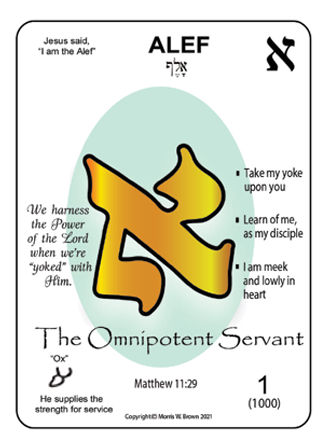The Aleph - LESSON 1
- Morris W. Brown

- Apr 30
- 2 min read
Updated: Jul 29

The Hebrew children were taught the rudiments of the Hebrew alphabet. As the instructor gathered the class before him, he would proceed by pointing to the first symbol....the alef.
It must have amazed them to see that the rocks could speak!
And he answered and said unto them, I tell you that, if these should hold their peace, the stones would immediately cry out. (Luke 19:40)
The following alef-bet catechism is a Judaic-Christian examination of the twenty-two letters of the paleo symbols that comprised the sounds and numbers of the ancient writing system. Each paleo letter was an etched picture that identified basic features and aspects of tribal life of the Hebrew people. The ancient paleo symbols have gone through various changes over time. Depending on the timeframe in which the etchings were composed, we can see slight changes in the shape and design of the letters. The following catechism compares the old paleo symbol to the modern version of the Hebrew letter that has been used since, at least, 458 BC.

What is the aleph? The alef is the ox. The ox was the strongest source of power in the camp. The ox was called upon to do the heavy lifting, plowing, and stump removal. The ox has the basic meaning of strength. What does the ‘aleph’ remind us about our Lord and savior? Jesus said, “I am the Aleph” Jesus Christ is the aleph and He is the ultimate servant who yielded himself to the will of the heavenly Father and followed the guidance of the Holy Spirit to accomplish our redemption through his condescension to take on the form of a servant, even unto the death on the cross.

Who, being in the form of God, thought it not robbery to be equal with God: But made himself of no reputation, and took upon him the form of a servant, and was made in the likeness of men: And being found in the fashion as a man, he humbled himself, and became obedient unto death, even the death of the cross. (Philippians 2:6–8)
